Check Point Research points out LinkedIn as most imitated brand by cybercriminals
By MYBRANDBOOK
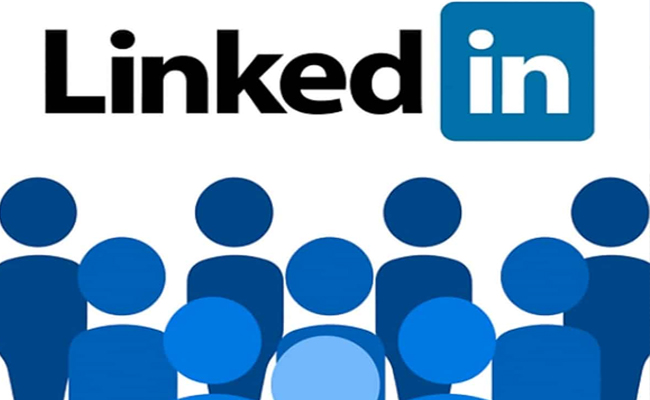
Check Point Research (CPR) urges LinkedIn users to watch out for suspicious emails, as it releases its 2022 Q1 Brand Phishing Report. The report highlights the brands that hackers most often imitated in the first three months of this year, in order to lure people into giving up their personal data. LinkedIn placed at the top for the first time, marking 52% of all phishing attacks globally. It represents a dramatic, 44% uplift from the previous quarter, when LinkedIn was in fifth position and related to only 8% of phishing attempts. CPR’s latest report points to an emerging trend toward threat actors leveraging social networks, now the number one targeted category ahead of shipping companies and technology giants such as Google, Microsoft and Apple.
WhatsApp maintained its position in the top ten, accounting for almost one in 20 phishing-related attacks worldwide.
Shipping is now the second most targeted category
CPR provides two visual examples of brand phishing attempts caught: LinkedIn and Maersk
Check Point Research (CPR) issued its 2022 Q1 Brand Phishing Report. The report highlights the brands that were most frequently imitated by cybercriminals in their attempts to steal individuals’ personal information or payment credentials during January, February and March.
What is a Brand Phishing Attack?
In a brand phishing attack, criminals try to imitate the official website of a well-known brand by using a similar domain name or URL and web-page design to the genuine site. The link to the fake website can be sent to targeted individuals by email or text message, a user can be redirected during web browsing, or it may be triggered from a fraudulent mobile application. The fake website often contains a form intended to steal users’ credentials, payment details or other personal information.
Top 10 List
Below are the top brands ranked by their overall appearance in brand phishing attempts:
LinkedIn (relating to 52% of all phishing attacks globally)
DHL (14%)
Google (7%)
Microsoft (6%)
FedEx (6%)
WhatsApp (4%)
Amazon (2%)
Maersk (1%)
AliExpress (0.8%)
10. Apple (0.8%)
LinkedIn Surfaces to the top for the First Time
Social media network, LinkedIn, dominated the rankings for the first time ever, accounting for more than half (52%) of all phishing attempts during the quarter. This represents a dramatic 44% uplift from the previous quarter, where the professional networking site was in fifth position accounting for only 8% of phishing attempts. LinkedIn overtook DHL as the most targeted brand, which is now in second position and accounted for 14% of all phishing attempts during the quarter.
Omer Dembinsky, Data Research Group Manager at Check Point Software says, “These phishing attempts are attacks of opportunity, plain and simple. Criminal groups orchestrate these phishing attempts on a grand scale, with a view to getting as many people to part with their personal data as possible. Some attacks will attempt to gain leverage over individuals or steal their information, such as those we’re seeing with LinkedIn. Others will be attempts to deploy malware on company networks, such as the fake emails containing spoof carrier documents that we’re seeing with the likes of Maersk. If there was ever any doubt that social media would become one of the most heavily targeted sectors by criminal groups, Q1 has laid those doubts to rest. While Facebook has dropped out of the top ten rankings, LinkedIn has soared to number one and has accounted for more than half of all phishing attempts so far this year. The best defense against phishing threats, as ever, is knowledge. Employees in particular should be trained to spot suspicious anomalies such as misspelled domains, typos, incorrect dates and other details that can expose a malicious email or text message. LinkedIn users in particular should be extra vigilant over the course of the next few months.”
Cyber Safety Tips
Be cautious when divulging personal data and credentials to business applications or websites
Think twice before opening email attachments or links, especially emails that claim to be from companies such as LinkedIn or DHL, as they are currently the most likely to be impersonated
Look for misspellings in emails
Beware of urgent requests, such as change your password now.


Nazara and ONDC set to transform in-game monetization with ‘
Nazara Technologies has teamed up with the Open Network for Digital Comme...

Jio Platforms and NICSI to offer cloud services to government
In a collaborative initiative, the National Informatics Centre Services In...

BSNL awards ₹5,000 Cr Project to RVNL-Led Consortium
A syndicate led by Rail Vikas Nigam Limited (abbreviated as RVNL), along wi...

Pinterest tracks users without consent, alleges complaint
A recent complaint alleges that Pinterest, the popular image-sharing platf...

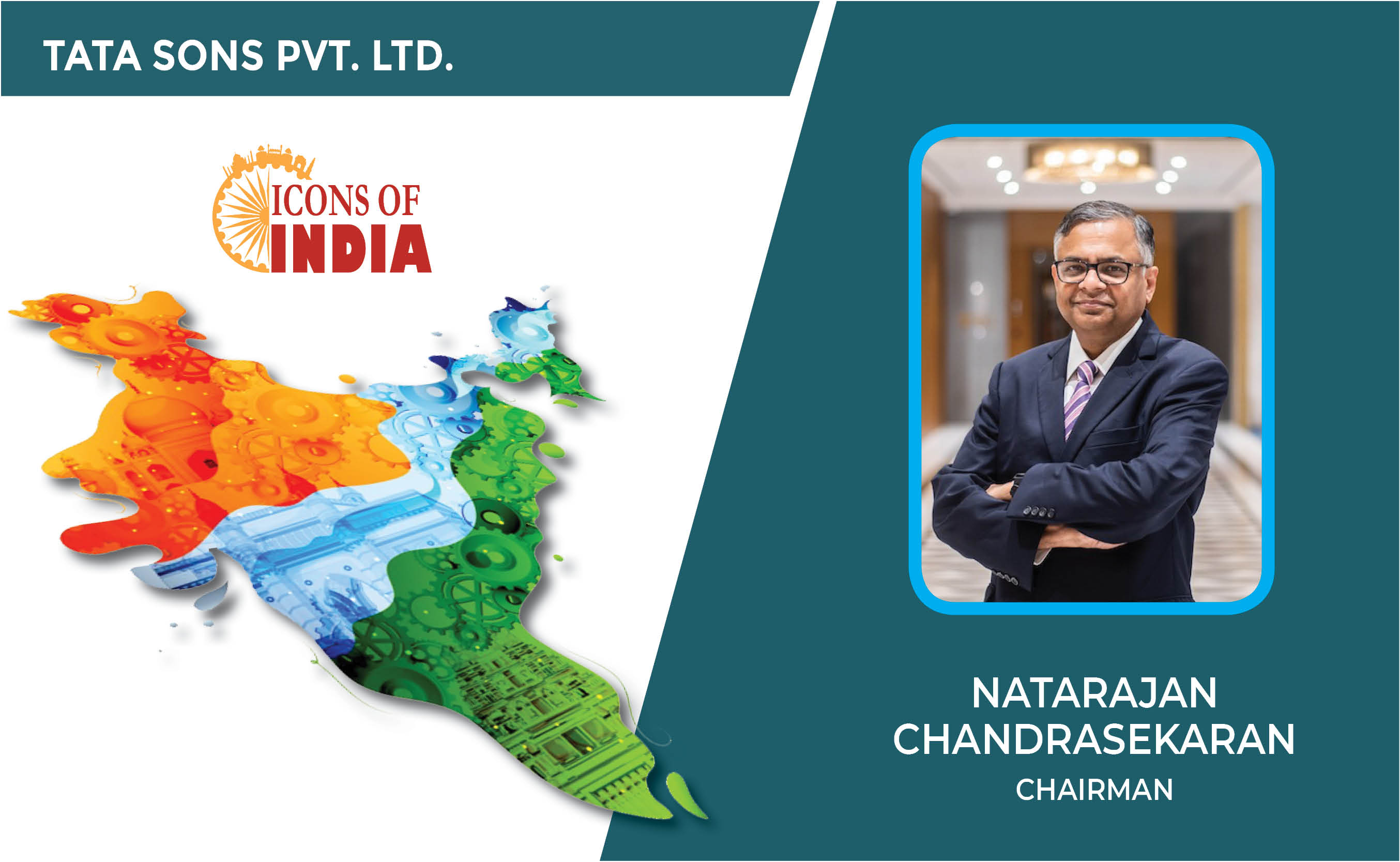
Icons Of India : NATARAJAN CHANDRASEKARAN
Natarajan Chandrasekaran (Chandra) is the Chairman of Tata Sons, the h...
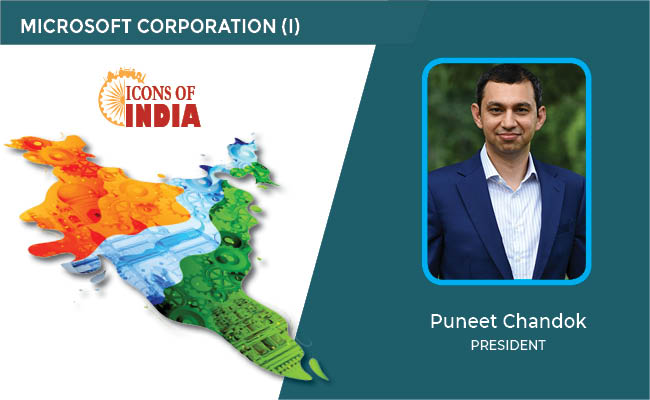
Icons Of India : Puneet Chandok
Puneet Chandok is President, Microsoft India & South Asia and is respo...
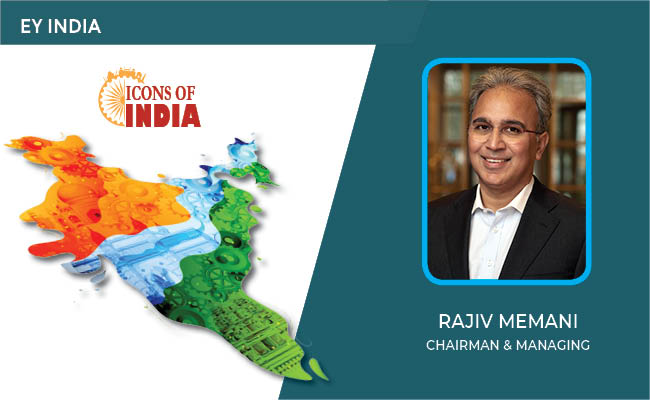
ICONS OF INDIA : RAJIV MEMANI
As Chair of the EY Global Emerging Markets Committee, Rajiv connects e...


BSE - Bombay Stock Exchange
The Bombay Stock Exchange (BSE) is one of India’s largest and oldest...

NPCI - National Payments Corporation of India
NPCI is an umbrella organization for operating retail payments and set...

HPCL - Hindustan Petroleum Corporation Ltd.
HPCL is an integrated oil and gas company involved in refining, market...


Indian Tech Talent Excelling The Tech World - Aneel Bhusri, CEO, Workday
Aneel Bhusri, Co-Founder and Executive Chair at Workday, has been a le...
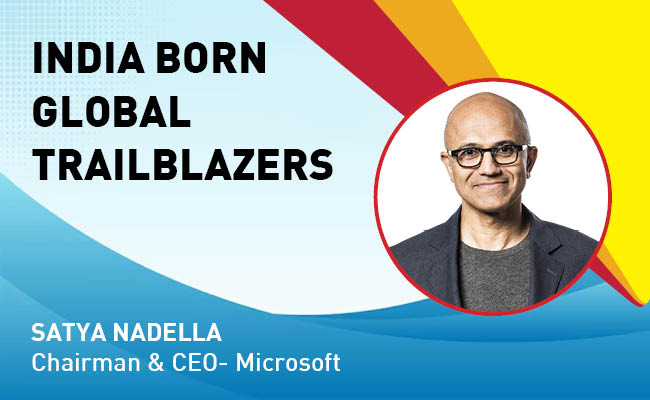
Indian Tech Talent Excelling The Tech World - Satya Nadella, Chairman & CEO- Microsoft
Satya Nadella, the Chairman and CEO of Microsoft, recently emphasized ...

Indian Tech Talent Excelling The Tech World - ANJALI SUD, CEO – Tubi
Anjali Sud, the former CEO of Vimeo, now leads Tubi, Fox Corporation�...